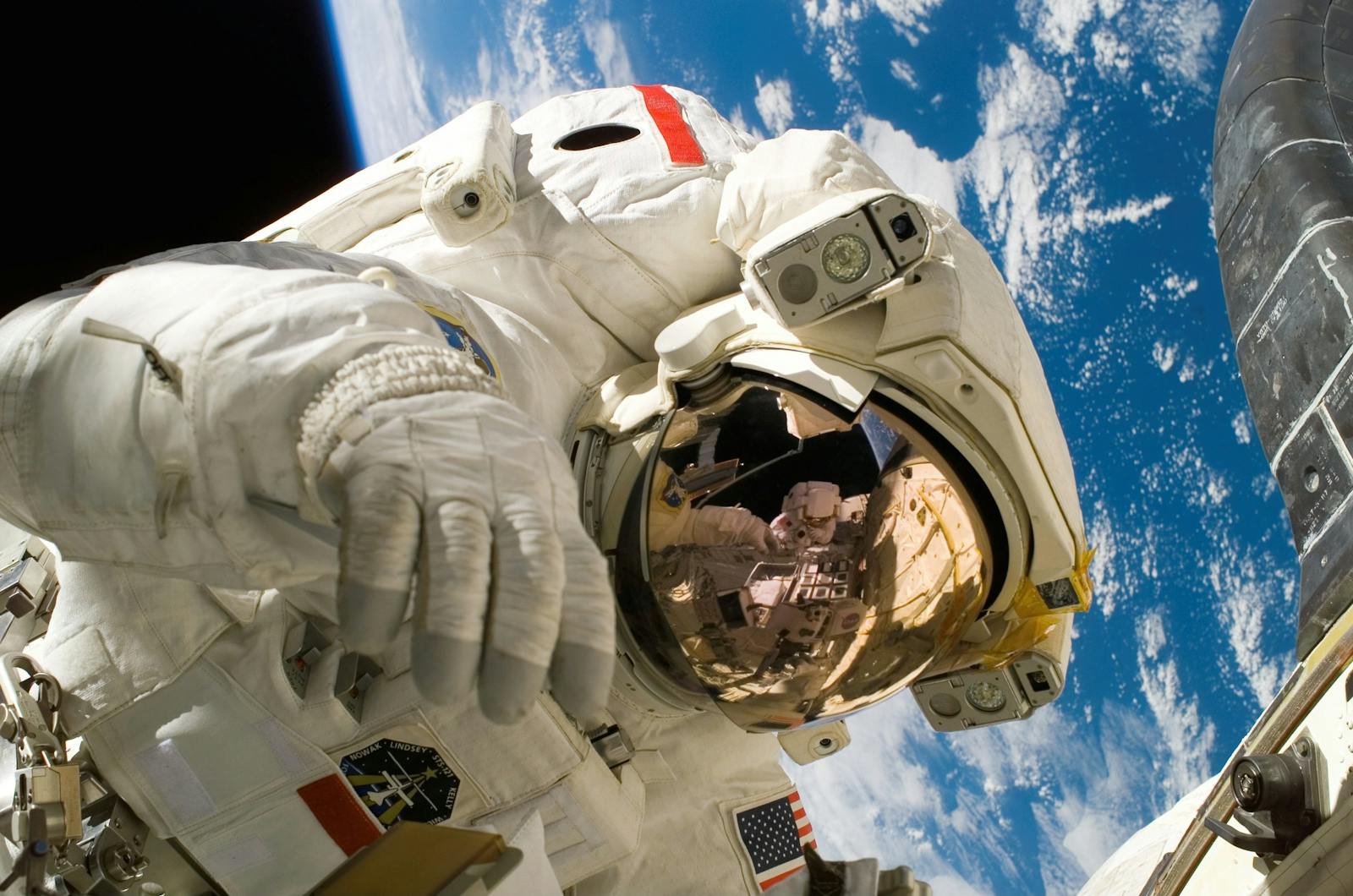Exploring the Cosmos: 30 Mind-Blowing Space Facts

16
Space Radiation:
Space is filled with ionizing radiation from sources like the sun and cosmic rays. Astronauts are exposed to higher levels of radiation in space than on Earth. This poses health risks and necessitates advanced shielding and protective measures for long-duration missions beyond Earth.
15
Microgravity Effects:
Prolonged exposure to microgravity in space can have significant physiological effects on the human body. These effects include muscle and bone loss, vision changes, cardiovascular changes, and altered fluid distribution. Understanding these effects is crucial for planning future long-duration missions.
14
Panspermia Theory:
The panspermia theory suggests that life's building blocks or even microorganisms may have been transported through space on comets, meteorites, or other celestial bodies. These 'seeds of life' could have been deposited on planets like Earth, potentially seeding life here and on other celestial bodies.
13
Challenges of Space Colonization:
Space colonization, while a captivating concept, presents numerous challenges. These include the need for life support systems, radiation protection, reliable transportation, and the establishment of self-sustaining habitats. Researchers and space agencies are actively exploring ways to overcome these challenges.
12
The Great Red Spot:
Jupiter's Great Red Spot is an enormous storm, roughly 1.3 times the diameter of Earth. It has been observed for at least 350 years, making it one of the longest-lasting storms in the solar system. The exact cause of its reddish color and longevity remains a topic of scientific study.
11
Hubble Space Telescope:
Launched in 1990, the Hubble Space Telescope has delivered awe-inspiring images and crucial data about the cosmos. It orbits Earth and has captured breathtaking views of distant galaxies, nebulae, and other celestial objects, revolutionizing our understanding of the universe.
10
Perseid Meteor Shower:
The Perseid meteor shower is an annual event occurring in August when Earth passes through the debris left behind by the Swift-Tuttle comet. This meteor shower produces a dazzling display of shooting stars as the Earth's atmosphere collides with tiny comet particles, vaporizing them into streaks of light.









